
Les Tontons flingueurs is a 1963 French-Italian-West German crime comedy film with French dialogue, directed by Georges Lautner. It is an adaptation of the Albert Simonin book Grisbi or not grisbi. The film is the final installment in the Max le Menteur trilogy; it was preceded by Touchez pas au grisbi and Le cave se rebiffe.
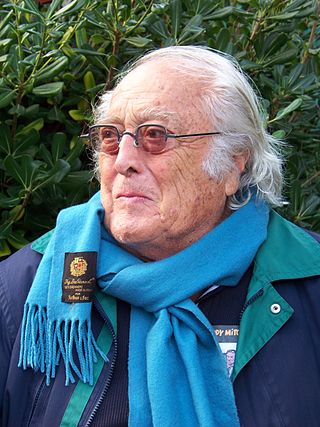
Georges Lautner was a French film director and screenwriter, known primarily for his comedies created in collaboration with screenwriter Michel Audiard.

Paul Michel Audiard was a French screenwriter and film director, known for his witty, irreverent and slang-laden dialogues which made him a prominent figure on the French cultural scene of the 1960s and 1970s. He was the father of French film director Jacques Audiard.
Alain Poiré was a French film producer and screenwriter. He was born in Paris, and died in Neuilly-Sur-Seine.

Paul Meurisse was a French actor who appeared in over 60 films and many stage productions. Meurisse was noted for the elegance of his acting style, and for his versatility. He was equally able to play comedic and serious dramatic roles. His screen roles ranged from the droll and drily humorous to the menacing and disturbing. His most celebrated role was that of the sadistic and vindictive headmaster in the 1955 film Les Diaboliques.

Gaia Germani was an Italian film and television actress.
Henri Cogan was a French actor and stuntman.
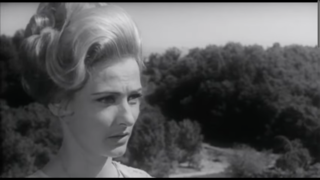
Elga Andersen was a German actress and singer. She starred in more than one dozen French films in the 1950s and 1960s and also debuted as a recording artist in the 1950s. She performed the songs "Treu sein" and "Sündenlied" in the 1961 film The Guns of Navarone, and co-starred in the 1971 Steve McQueen film Le Mans. Together with her second husband, Peter Gimbel, she embarked on a 1981 diving expedition of the sunken SS Andrea Doria.
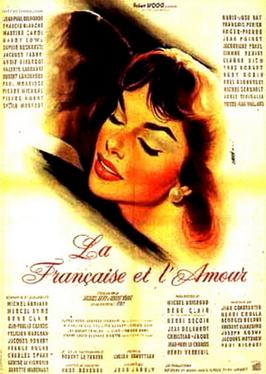
Love and the Frenchwoman is the US title of a 1960 French anthology film originally entitled La française et l'amour. It starred Jean-Paul Belmondo and Dany Robin.

A Friend Will Come Tonight is a 1946 French drama film directed by Raymond Bernard and starring Michel Simon, Madeleine Sologne and Paul Bernard. The film's sets were designed by the art director Robert Gys.
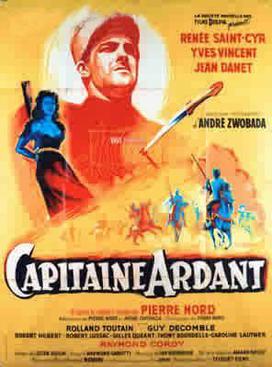
Captain Ardant is a 1951 French spy film directed by André Zwoboda and starring Yves Vincent, Renée Saint-Cyr and Jean Danet. It is an adaptation of the 1938 novel Captain Ardant by Pierre Nord. There had been several previous attempts to film the novel, but none had been completed.
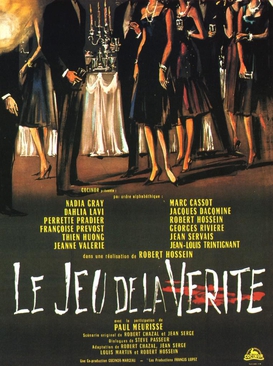
The Game of Truth is a 1961 French mystery film directed by Robert Hossein and starring Hossein, Françoise Prévost and Paul Meurisse.

Operation Gold Ingot is a 1962 French-Italian heist film directed by Georges Lautner and starring Martine Carol. It is based on a novel by M.G. Braun.

The Black Monocle is a 1961 French comedy crime film directed by Georges Lautner and starring Paul Meurisse, Elga Andersen and Bernard Blier. It was followed by two sequels The Eye of the Monocle (1962) and The Monocle Laughs (1964).
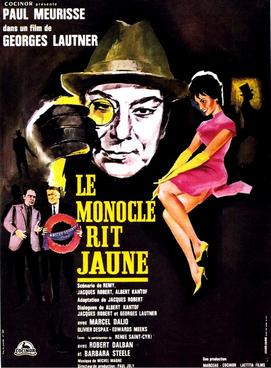
The Monocle Laughs or The Monocle is a 1964 French-Italian comedy thriller film directed by Georges Lautner and starring Paul Meurisse, Marcel Dalio and Olivier Despax. It is the third in a trilogy of films directed by Lautner and starring Meurisse. It is preceded by The Black Monocle (1961) and The Eye of the Monocle (1962).

Montmartre is a 1941 French romantic comedy film directed by Georges Lacombe and starring Édith Piaf, Jean-Louis Barrault and Roger Duchesne.

Sergil Amongst the Girls is a 1952 French crime film directed by Jacques Daroy and starring Paul Meurisse, Claudine Dupuis and Colette Deréal.
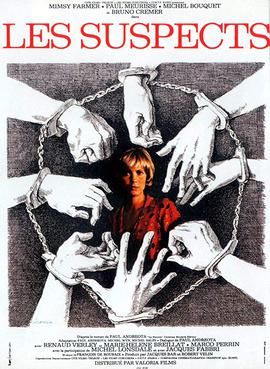
The Suspects is a 1974 French-Italian crime drama film directed by Michel Wyn and starring Mimsy Farmer, Paul Meurisse and Michel Bouquet.

The Eleven O'Clock Woman is a 1948 French mystery thriller film directed by Jean Devaivre and starring Paul Meurisse, Micheline Francey, Gilbert Gil and Pierre Renoir. It is based on the 1938 novel of the same title by Pierre Apestéguy. It was shot at the François 1er Studios in Paris and on location around the city. The film's sets were designed by the art director Robert Hubert.
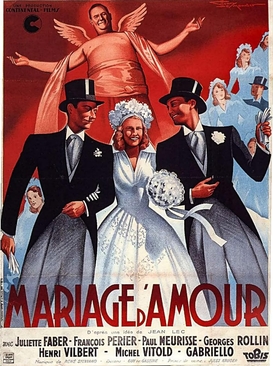
Love Marriage is a 1942 French comedy film directed by Henri Decoin and starring Juliette Faber, François Périer and Paul Meurisse. It was produced by the German-controlled Continental Films during the occupation of France. It was shot at the Neuilly Studios in Paris. The film's sets were designed by the art director Guy de Gastyne.


















